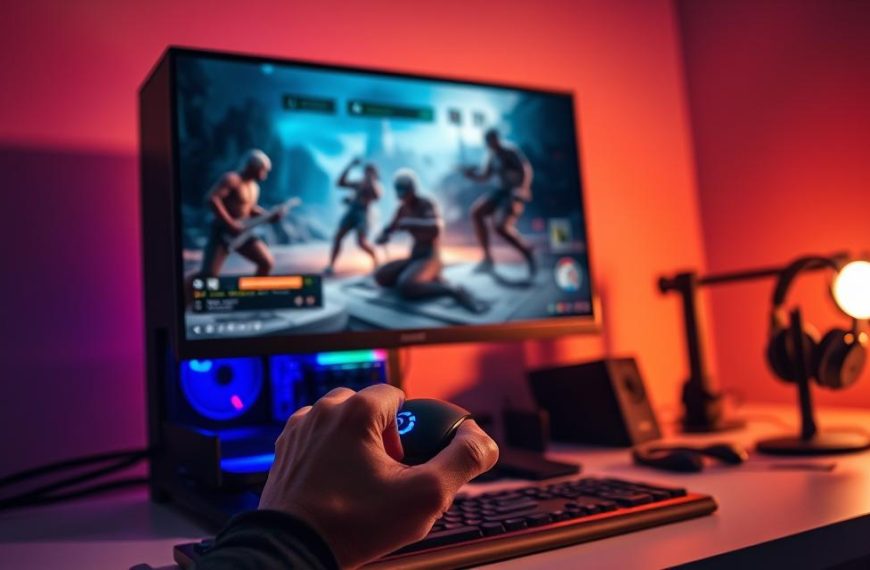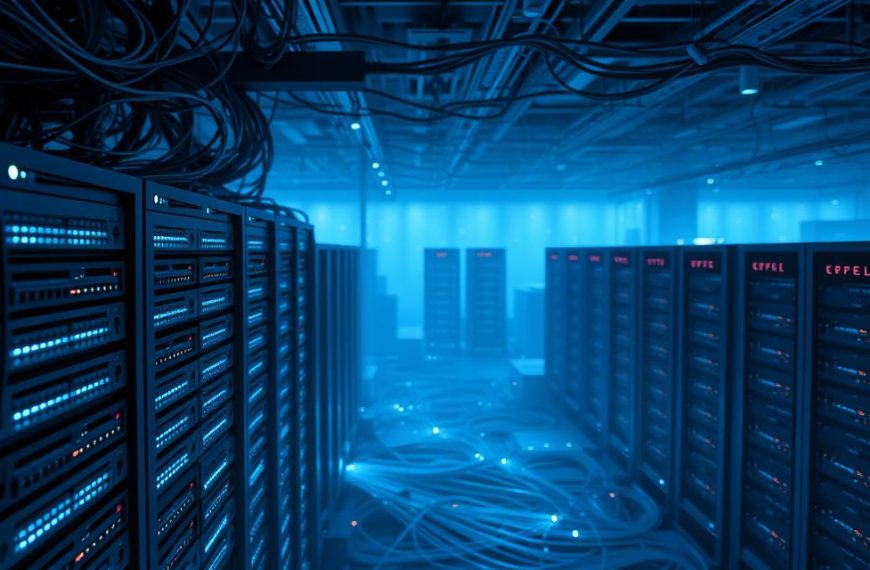The world of gaming has seen a dramatic shift in how games are stored and accessed. Gone are the days of cartridges and discs as primary storage methods. Today, digital downloads dominate the landscape, with platforms like Steam offering instant access to the latest titles.
Physical media, such as CDs and DVDs, have become increasingly obsolete. Over 90% of new games are distributed digitally, making optical drives optional for most users. Prebuilt systems, like those from Apex Gaming PCs, often exclude internal drives entirely.
However, there are still scenarios where physical media matters. Retro gaming enthusiasts may rely on older discs, and some users prefer physical copies for installation or driver updates. Modern game file sizes, often exceeding 200GB, also highlight the limitations of older storage methods.
This raises the question: is nostalgia worth the practicality of modern solutions? For those with limited internet access, external drives offer a viable alternative. The debate continues as technology evolves.
What is an Optical Drive and Its Role in Gaming?
From CD-ROMs to Blu-Ray, optical drives have shaped how games and media are accessed. These devices use lasers to read data stored on discs, making them a cornerstone of gaming history. While their relevance has diminished, understanding their role provides insight into the evolution of storage technology.
Understanding Optical Drives
Optical drives connect to a system via SATA cables and rely on laser technology to read discs. Early CD-ROMs could hold up to 700MB, while DVD formats expanded capacity to 8.5GB. Blu-Ray discs, capable of storing 25-128GB, brought 4K media support but faced compatibility issues due to DRM restrictions.
Compared to modern SSDs and NVMe drives, which boast speeds of 3500MB/s, the 22MB/s read speed of CDs feels archaic. This stark contrast highlights the rapid advancements in storage technology.
Historical Context of Optical Drives in Gaming
In the 1990s and early 2000s, optical drives were essential for gaming. Iconic titles like Baldur’s Gate II spanned multiple discs, and the PS1’s Metal Gear Solid required two discs to complete. This era also saw the rise of “demo disc” culture, where gamers could sample new titles before purchase.
Windows 95 and XP installations heavily relied on discs, making optical drives a household necessity. However, the rise of digital downloads and “DVD ripping” culture, along with legal implications, marked the beginning of their decline. Between 2010 and 2020, optical drive shipments dropped by 56.8%, according to the Consumer Technology Association.
Today, while Blu-Ray offers 4K potential, its limited PC compatibility and the dominance of digital platforms have relegated optical drives to niche uses, such as retro gaming or driver installations.
Do I Need a DVD Drive in My Gaming PC?
Modern gaming relies heavily on digital platforms, reducing the need for discs. With 98% of new PC games released digitally, physical media has become a rarity. Platforms like Steam dominate the market, offering instant access to a vast library of titles.
Modern Gaming Trends and Digital Downloads
Valve’s 2023 data shows that 72% of Steam users have broadband speeds exceeding 100Mbps. This allows for quick downloads, even for massive games like Starfield, which requires a 139GB day-one download. Compared to installing a 10-disc DVD set, which can take 90 minutes, digital downloads are faster and more convenient.
DRM-free platforms like GOG offer flexibility, while Steam’s cloud-based system ensures progress is saved across devices. Epic Games Store adds value with weekly free titles, further cementing the appeal of digital downloads.
Physical Discs vs. Digital Downloads
Physical PC game sales dropped 89% between 2012 and 2022. Limited Run Games caters to collectors with niche physical releases, but these are exceptions. Many collector’s editions now include empty disc cases, highlighting the shift to digital.
Bandwidth caps, common in the U.S., can affect heavy downloaders. However, external USB drives, costing $20-$60, provide a practical solution for storing large game files.
| Aspect | Physical Discs | Digital Downloads |
|---|---|---|
| Installation Time | 90 minutes (10-disc DVD set) | 1 hour (200GB download) |
| Resale Value | Possible for console games | Non-transferable PC licenses |
| Environmental Impact | Plastic waste | Server farm energy use |
While physical discs hold nostalgic value, digital downloads offer speed, convenience, and accessibility. The choice ultimately depends on individual preferences and internet capabilities.
Benefits of Having an Optical Drive in Your Gaming PC
Optical drives still hold value in specific scenarios, especially for retro gaming and system installations. While digital platforms dominate, physical media offers unique advantages that modern solutions can’t always replicate.
Playing Old Game Discs
Retro gaming enthusiasts often rely on original discs to experience classic titles. Games like TrackMania require disc verification, and 23% of older PC titles lack digital versions. For collectors, physical copies of games like No One Lives Forever are irreplaceable.
CD-based copy protection systems, such as SafeDisc, were common in the early 2000s. These systems prevent unauthorized duplication, making original discs essential for authentic gameplay. Additionally, some movies and commentary tracks, like those from Criterion, are absent from streaming platforms.
Easy Driver Installation
Optical drives simplify driver installation for legacy systems. Many PC components still ship with CDs containing necessary drivers. This is particularly useful for systems without internet access or when digital updates are unavailable.
Motherboard driver discs often support older operating systems, ensuring compatibility with legacy hardware. This makes optical drives a practical tool for maintaining and upgrading older setups.
Windows Installation from a Disc
Microsoft continues to offer Windows installation via physical media. Windows 11, for example, is available on both USB and disc formats. This method is ideal for users with limited internet access or those who prefer a traditional setup process.
Disc-based installations also provide a reliable backup option. Unlike hard drives, which can fail, discs can last up to 30 years when stored properly. This makes them a durable choice for archiving important data.
For more insights on the role of optical drives in modern setups, check out this detailed guide from Apex Gaming PCs.
Reasons Against Including an Optical Drive in Your Gaming PC
The evolution of technology has made optical drives less relevant in modern setups. With digital downloads dominating the market, physical media has become an afterthought for most users. This shift has led to a reevaluation of whether optical drives are still necessary in today’s gaming PCs.
Digital Downloads Are The Norm
Over 87% of software is now sold digitally, according to Best Buy’s 2023 report. Platforms like Steam and Epic Games Store offer instant access to games, eliminating the need for physical discs. For users with fast internet, downloading a 200GB game takes less time than installing from multiple DVDs.
Virtualization tools like Daemon Tools and WinCDEmu allow users to bypass disc checks using ISO files. This makes physical media even less essential for modern computers.
PC Aesthetics and Space Considerations
Modern cases, such as the NZXT H510 and H7 Flow, often lack 5.25″ bays for optical drives. This design choice reflects the trend toward minimalist builds, which 68% of gamers prefer. Small form factor (SFF) PCs prioritize space efficiency, leaving no room for outdated components.
Adding an internal drive can also interfere with water cooling systems due to vibrations. For those who value sleek, clutter-free setups, an external drive is a more practical solution.
Unnecessary Cost
An internal optical drive costs around $50, while a 1TB NVMe SSD is available for just $60. The latter offers significantly faster speeds and more storage, making it a better investment. External drives, like the HP DVDRW, are affordable at $29.99 but are rarely used in daily tasks.
Modifying a case to accommodate an optical drive can void warranties, adding to the unnecessary cost. For most users, the money is better spent on upgrades like faster storage or better cooling.
In conclusion, the decline of physical media and the rise of digital downloads have made optical drives largely obsolete. Modern computers and laptops are better served by focusing on speed, efficiency, and aesthetics.
Conclusion: Is an Optical Drive Necessary for Gaming?
The relevance of optical drives in modern setups has significantly declined. For retro gaming enthusiasts and physical media collectors, these devices still hold value. However, most users can rely on USB external drives for occasional needs, offering flexibility without cluttering the system.
Virtualization tools like Daemon Tools allow users to create ISO files, eliminating the need for physical discs. Blu-Ray players, while capable of 4K playback, often require HDCP 2.2 compatibility, adding complexity. Cost-wise, internal drives are less practical compared to affordable external solutions.
Cloud gaming platforms like GeForce Now and Xbox Cloud further reduce the need for physical storage. Museums continue to use optical drives for preservation, but for 95% of users, internal drives are unnecessary. Apex Gaming PCs recommend USB-based alternatives for streamlined setups.
Before purchasing retro physical copies, check platforms like GOG or Steam for digital availability. Modern gaming PC builds prioritize speed, efficiency, and aesthetics, making optical drives a relic of the past.










